Brittany
Our last stop on the European continent of our Follow the Sun journey was Brittany, the proud region of western France that struts out into the Atlantic Ocean. Brittany, or Bretagne as the French call it, has its own language, culture and some of the oldest history on the continent spanning back more than 6,000 years. With fabulous coastlines, ancient cities and some late summer sunshine we had to go check it out.
As we travelled northward along the Atlantic coast we came to the beachside community of Carnac which hosts the amazing remains of up to 10,000 standing stones from the Neolithic period. Forget about the long golden beaches, this stuff was cool. Set in perfect alignment by local inhabitants somewhere between 4,500 to 3,000 BC, these stones have confounded archaeologists ever since. Never mind that they’ve been there for a long time, it was fascinating to walk around them, trying to imagine why there are there and what has passed by them since then.
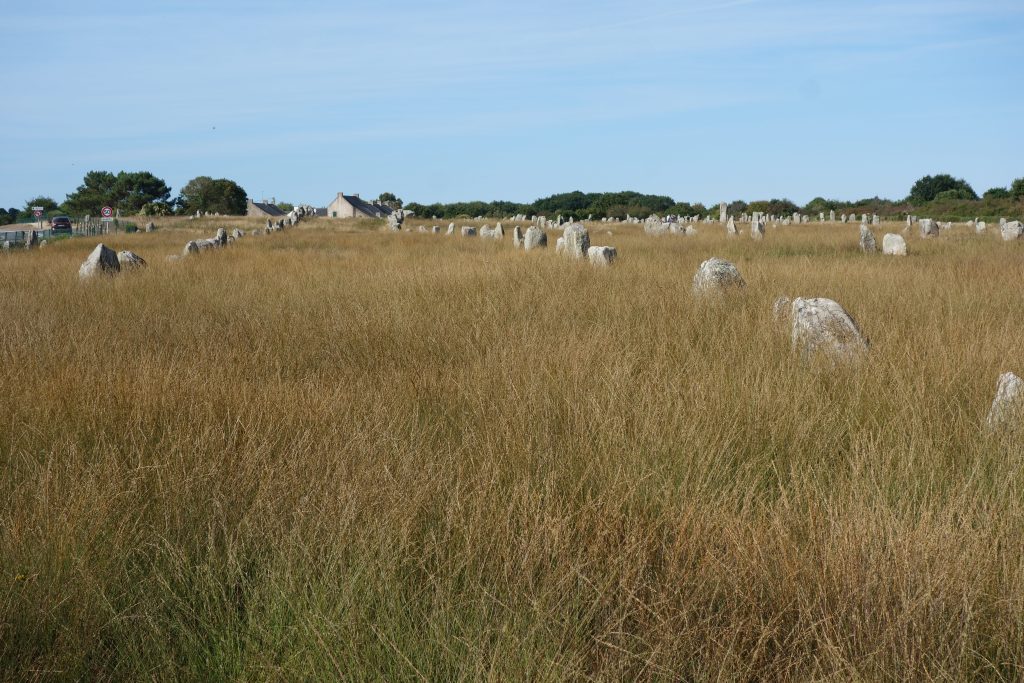
These amazing stone pillars, placed in long straight rows across the fields, have been standing here for more than 5,000 years
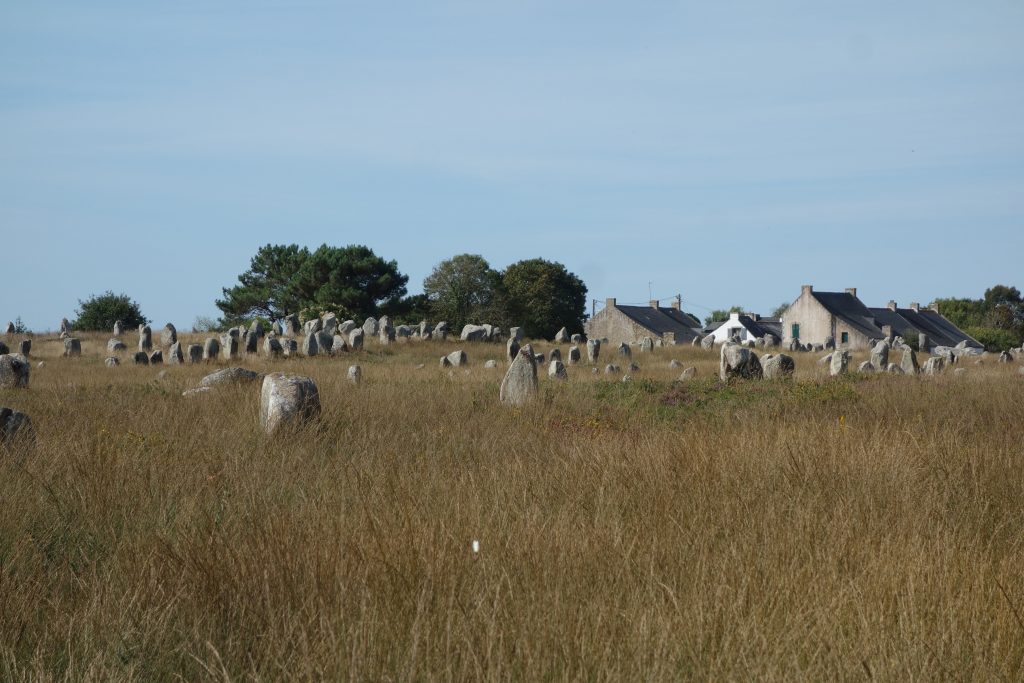
Life goes on, people come and go, wars, famine, borders move, changes in the weather, never mind these stones have seen it all
Near Carnac is a long sandy isthmus protruding out into the ocean like a skinny finger. At the end of the isthmus is the quaint little resort town of Quiberon, surrounded by water with an impressive beach and a string of old shoreline buildings. Julie and I wandered up and down the promenade, enjoying the relaxed end-of-season low key vibe, grateful we weren’t there in peak crazy season.
We moved further north along the coast, getting confused by the signs that were in both Breton and French. In fact, Brittany is closely related to the Celts which are mainly in the UK and the region is regarded as one of the six Celtic nations. Sticking to our rudimentary French vocabulary, we drove out to the old town of Concarneau and in particular it’s medieval town called Ville Close which is on an island in the middle of their harbour.
Built in the 15th and 16th century, fantastically preserved, Ville Close is entered via a stone walking bridge which leads to a large entrance inside the walled town. Today the medieval centre is basically a huge souvenir shop surrounded by old walls but it was still fun to explore the walking streets and walk along the ancient walls. Having withstood many invasions over the centuries, Ville Close has succumbed to smartly dressed French tourists buying blue and white striped sailors’ shirts and large double scoops of ice cream. But the walls were cool.
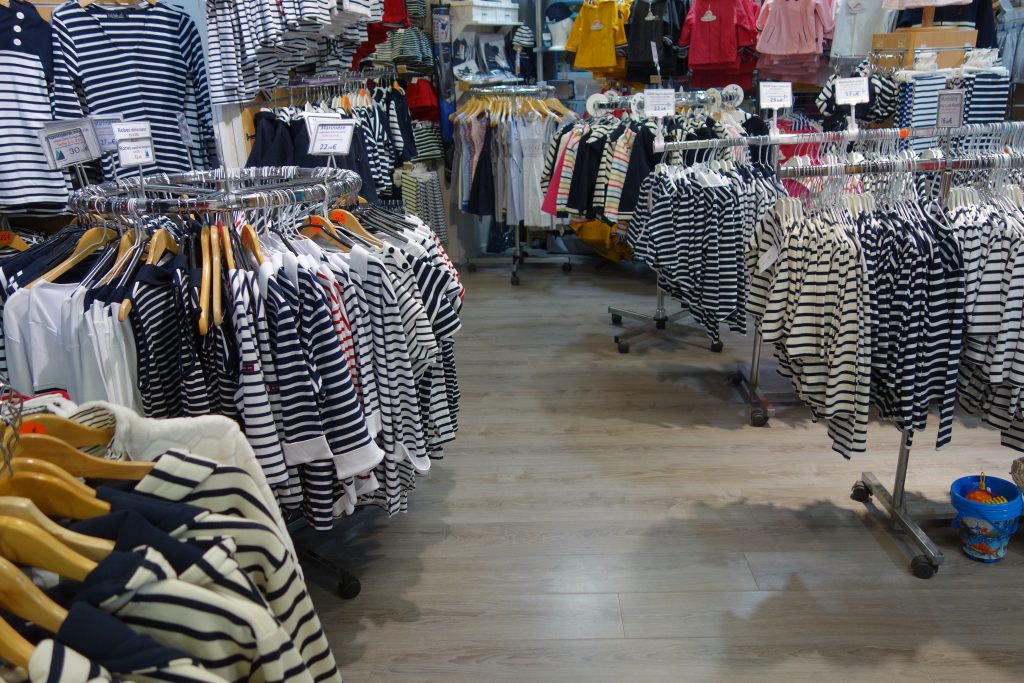
There’s no point looking for variety when you’re shopping in Concarneau – it’s all about blue and white striped shirts
Our first day in Brittany had been fascinating – the Neolithic history, the wonderful beaches and old towns, the medieval walled city. The next day we continued our drive along the coast under greyer skies, perhaps more fitting with this typically windswept land that our weather app says “occasionally has pleasant summer days”.
We stopped in the coastal towns of Dournenez and Pont l’Abbe, both with handsome buildings from the middle ages, drove through quaint little villages with their ancient walls, painted shutters and colourful flower pots, and had lunch on a wide flat beach near the Crozon Peninsula. This peninsula, jutting out into the sea at a western point of France, is marked with WWII batteries and armaments built in an attempt to defend the coast from Nazi invaders.
But to remind us of the timeless nature of Europe we also visited the unique Tour Vauban, a somewhat modest fortified tower that was built in 1696 and was put into immediate use to successfully defend the homeland from a nasty English invasion.
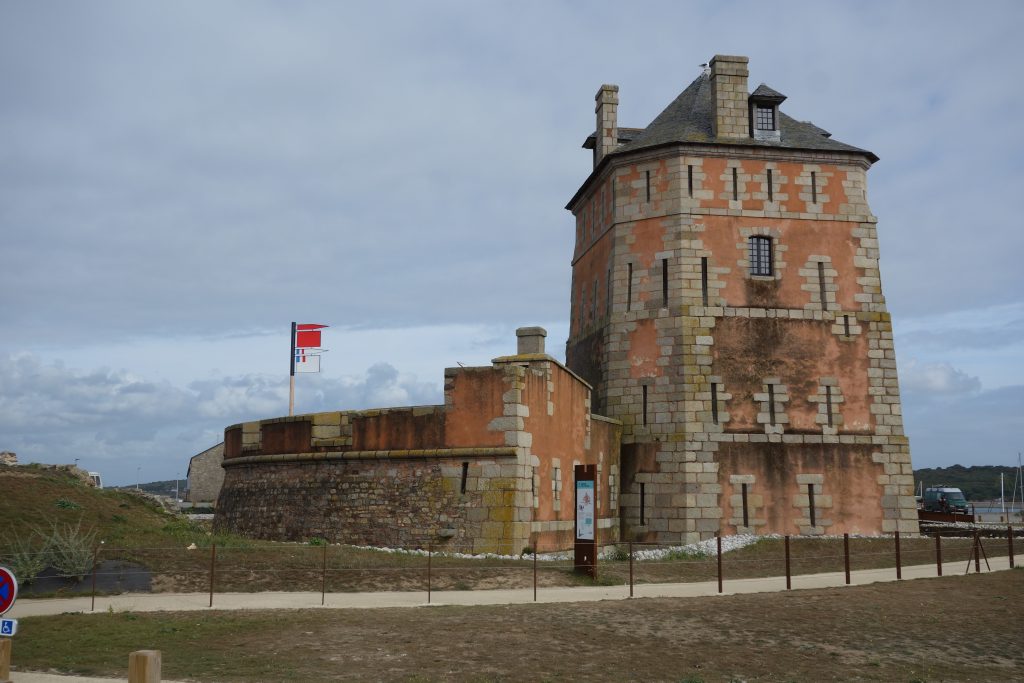
Tour Vauban, basically a fancy watchtower built in the 17th century and now a UNESCO World Heritage location
We camped that night on the edge of a dramatic cliff, the wind blowing hard, surrounded by low-growing heather and gorse, overgrown WWII battlements not far away. It was a stunning setting, made more special by realising what a remote little corner of Europe we were in and yet part of a jagged peninsula that has seen so much conflict.
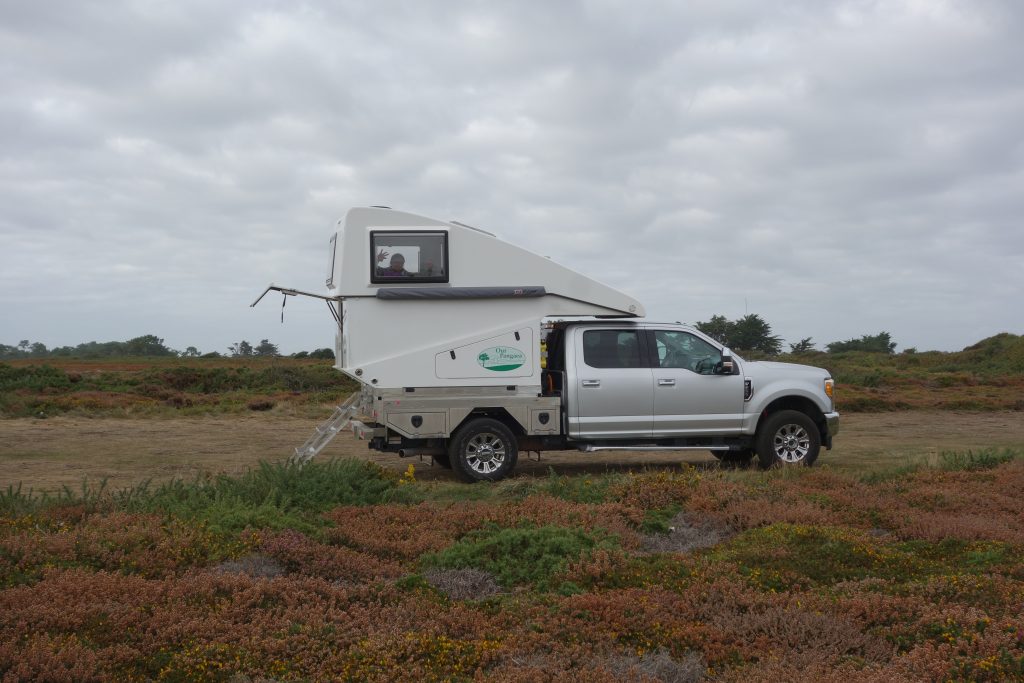
Tramp enjoying the windy coastline with its colourful heather and rich history of military defense structures
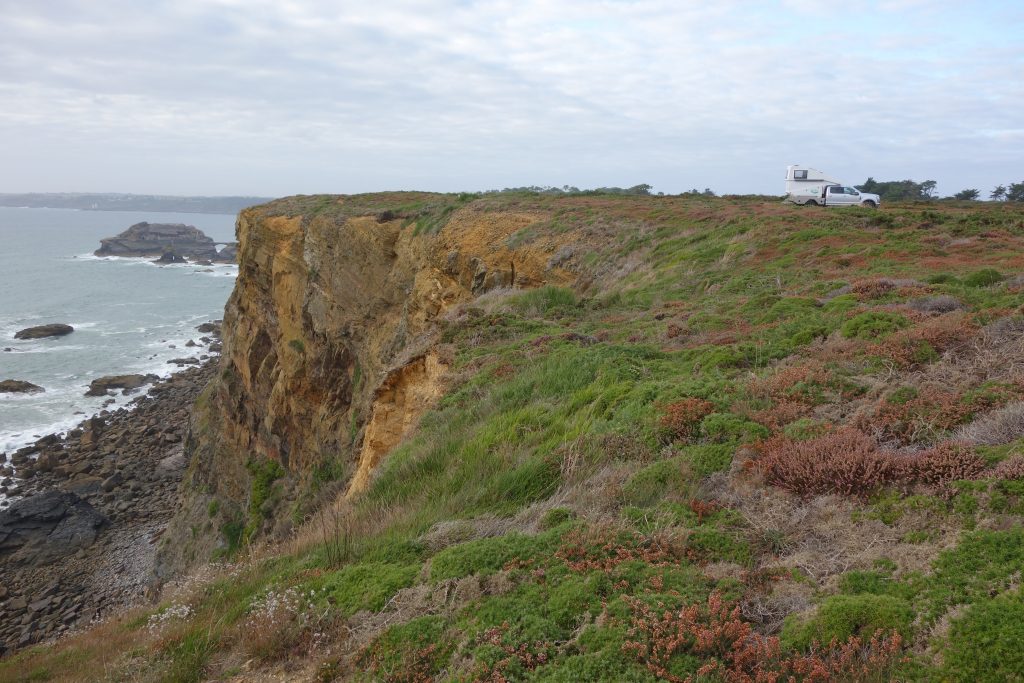
Here I am, can you see me, can you see me? Tramp is almost lost in the grandeur of this dramatic cliffline.
The next morning we walked down the steep rocky slope to the Ilot des Capucins, an armaments and small fort built on an islet connected to the mainland by a small rock and mortar bridge. This small defence structure, built in 1848 but improved and destroyed many times thereafter, was intended to defend the straights leading into the major French town of Brest. We carefully climbed down the steep slope and explored the remains of this fort, the wind doing its best to blow us into the ocean.
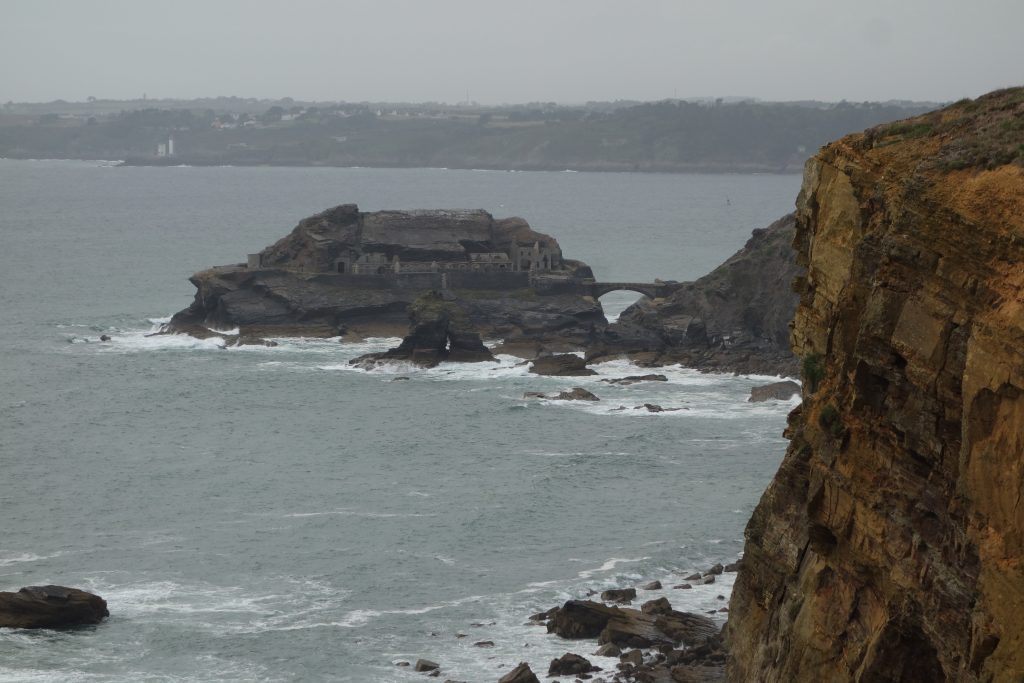
From our campsite on the cliffs we could glimpse the Ilot des Capucins, an amazing military fortress built in 1848
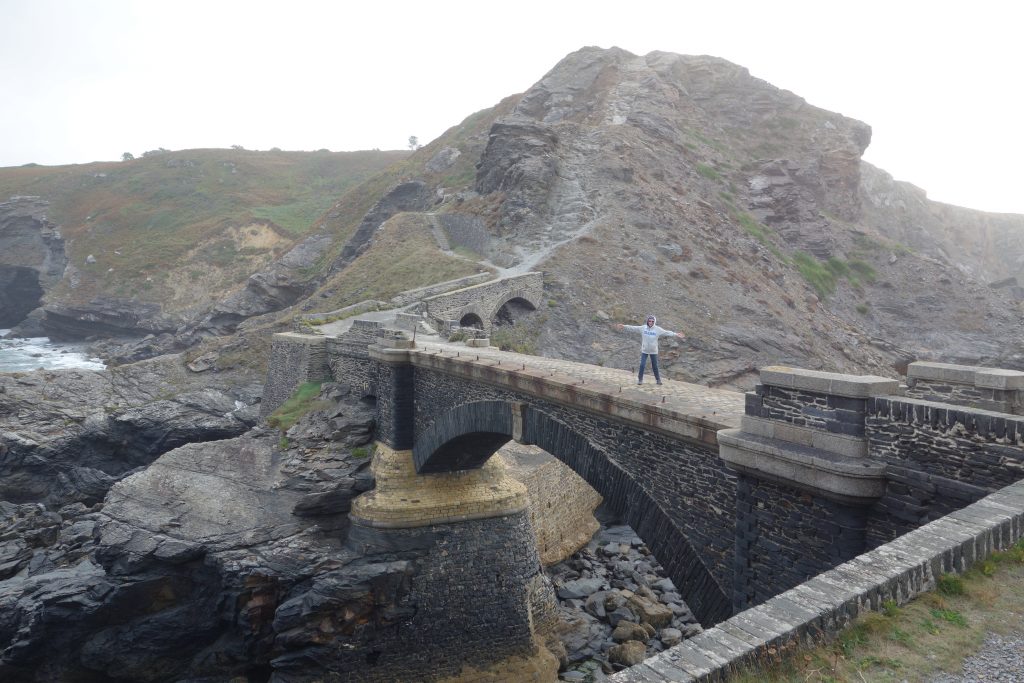
We bravely made our way down the steep rock face and across the windblown bridge to explore the old fort
We headed eastward across the northern edges of Brittany, grey skies and strong winds adding to the atmosphere as we passed sturdy stone houses and small sleepy villages. We drove out to Cap Frehel for grand views of the high steep cliffs, lighthouses and crashing surf. We also visited the little seaside resort of Dinard for ice cream and a stroll along the promenade.
We ended the day at the fortified island town of St. Malo, made famous in modern song and ancient legends of pirates and privateers. This walled town was heavily damaged in WWII and has been completely rebuilt, allowing visitors to walk the walls of the city and enjoy the narrow cobblestone streets and handsome buildings. Julie and I celebrated our last night on the European mainland by having drinks in an outdoor café and dining on the local specialty – moules et frites, or mussels and chips. As you do (and as I don’t have to do again).
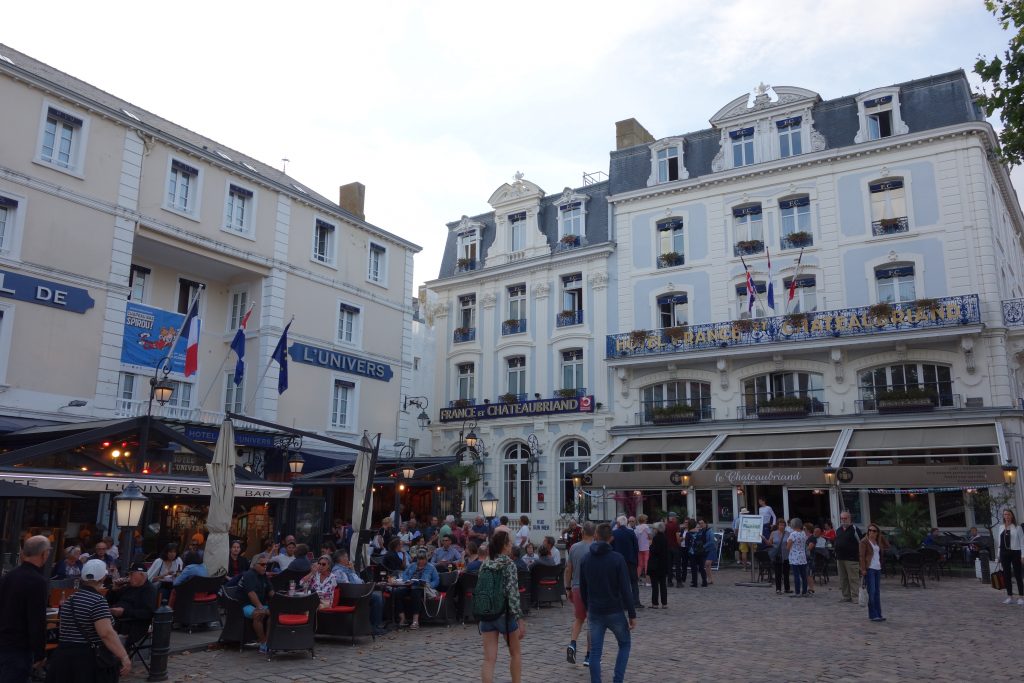
We celebrated our last night on mainland Europe in this outdoor restaurant with a huge plate of mussels
The next morning, our last day in Europe, we crossed more of the flat farmland and made our way to the famous island town of Mont St. Michel. Built on a rocky islet a few hundred metres offshore, Mont St. Michel has had important religious and military functions since the 8th century. Today it rises majestically from the vast mud flats at low tide and sits like a supreme Disneyland attraction for all to see.
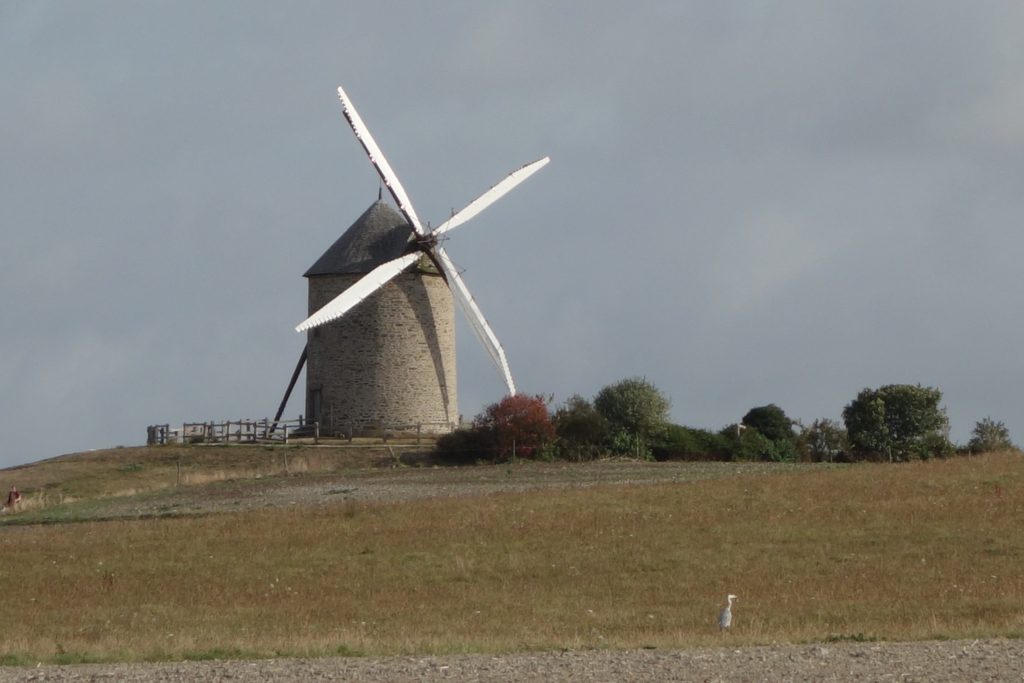
More windmills, most of them still working, often feature at the top of any rise in this otherwise flat land
We parked Tramp and took the shuttle bus across the causeway, absolutely spellbound by the view in front of us. Mont St. Michel is surprisingly tall and some of the ancient structures independently rise up six or seven stories with the church magnificently crowning the rocky top. We walked up the hill, through the narrow street lined with souvenir shops and restaurants, fighting the crowds on this midweek shoulder season day, taking in the views at every turn.
We paid our entrance fees and walked through the church, cloisters, crypts, halls and various other rooms open to the public, trying to imagine what it would have been like to live on this remote rock 700 or even a thousand years ago. It was quite an amazing experience and a fabulous finale to our time in Europe.
With some regret we drove northward to the town of Caen and to its nearby port where we processed the paperwork, were searched twice for refugees and eventually drove onto the huge ferry for our trip to Portsmouth in the UK. The six hour crossing gave us time to reminisce on our time of three plus months in Europe, the countries we’ve visited, the amazing places we’ve seen and all the adventures that we have had along the way. We exited Europe with only a day to spare on our blasted Schengen visa and had about ten days in the UK before we flew home. And that would be an adventure in itself!
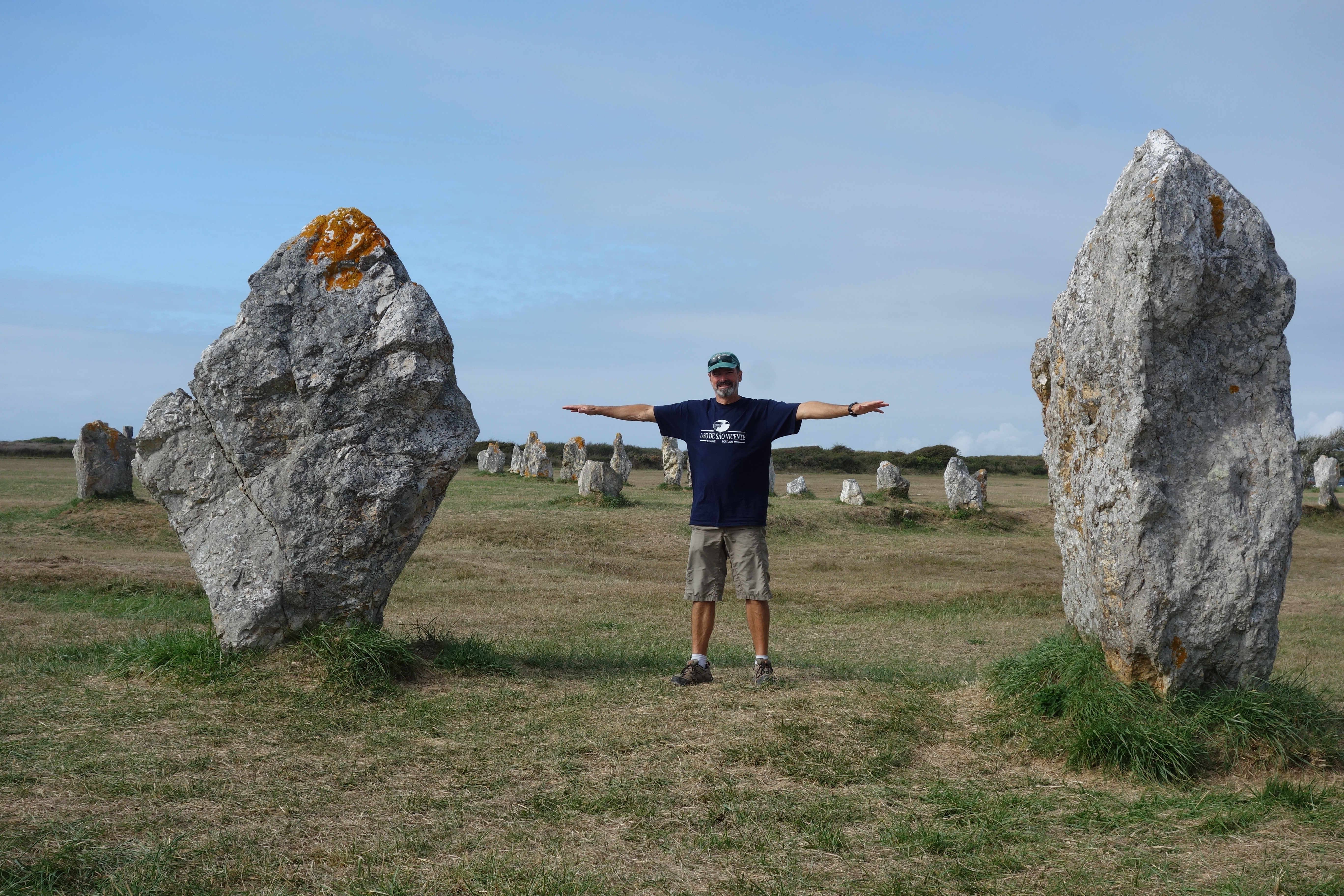
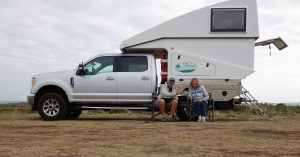






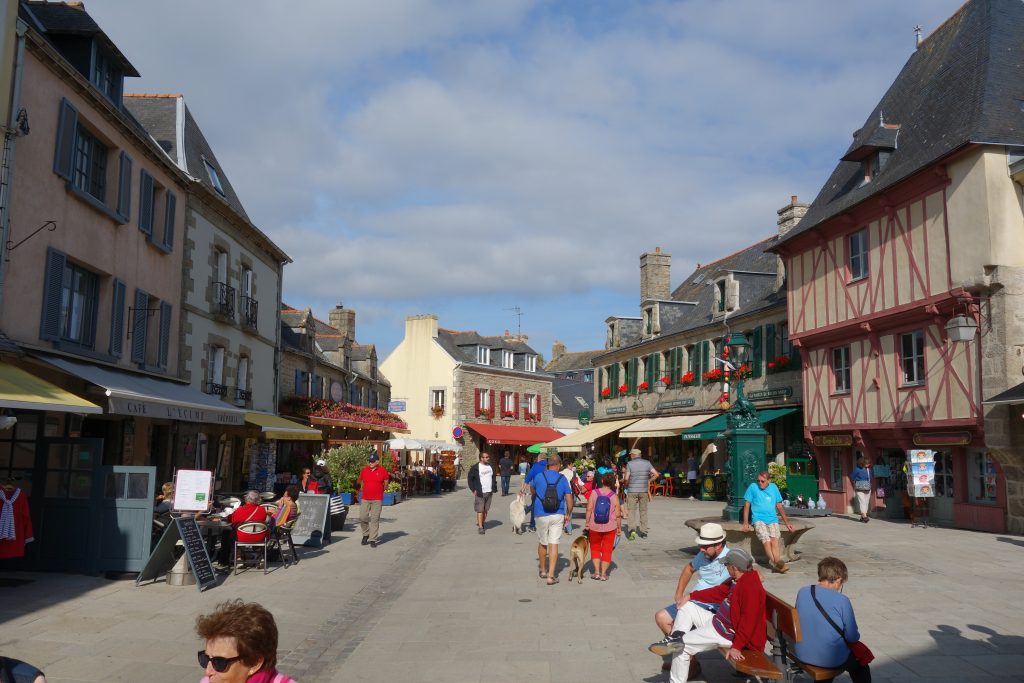


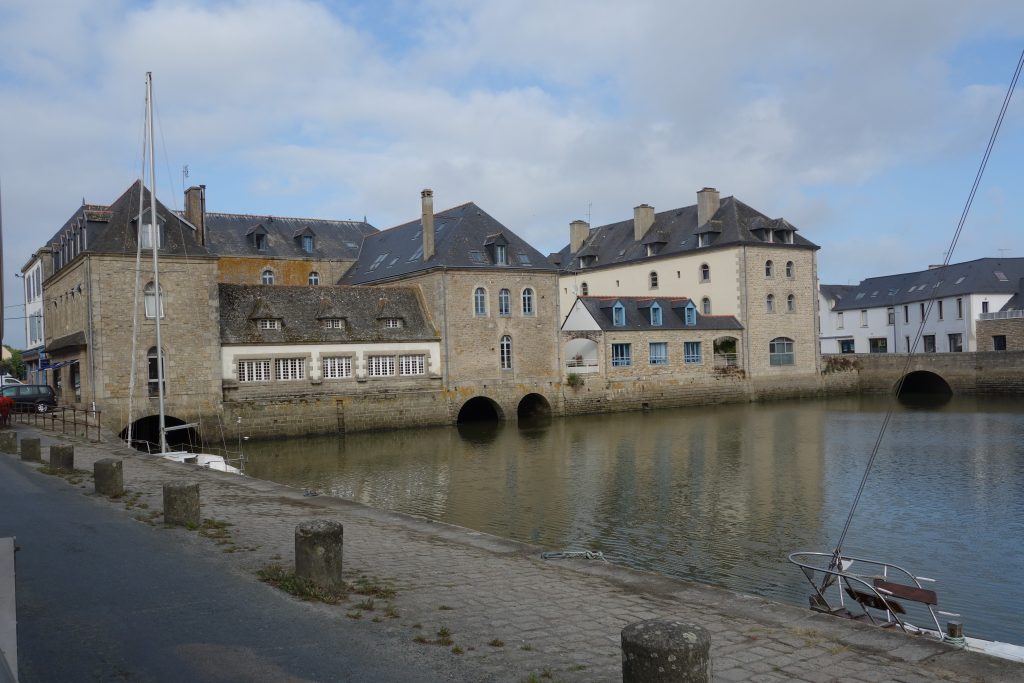









Your adventures just get better and better.
Another journey completed and a new one begun.
Hope your UK stay is a little restful before you return to Australia and cram as much family as you can into the Christmas season. Loving the fantastic blog.
Stay happy
xoxo
Thanks Anne. We look forward to catching up with the two of you soon!
Bill